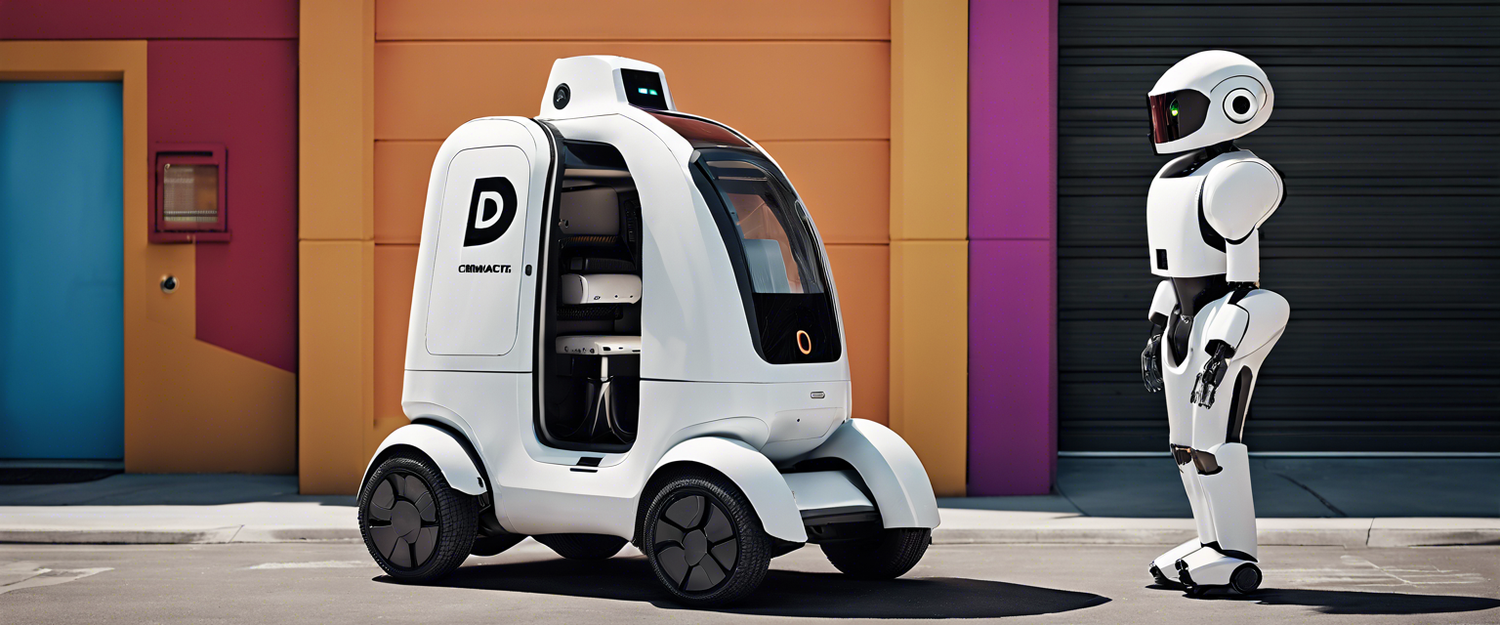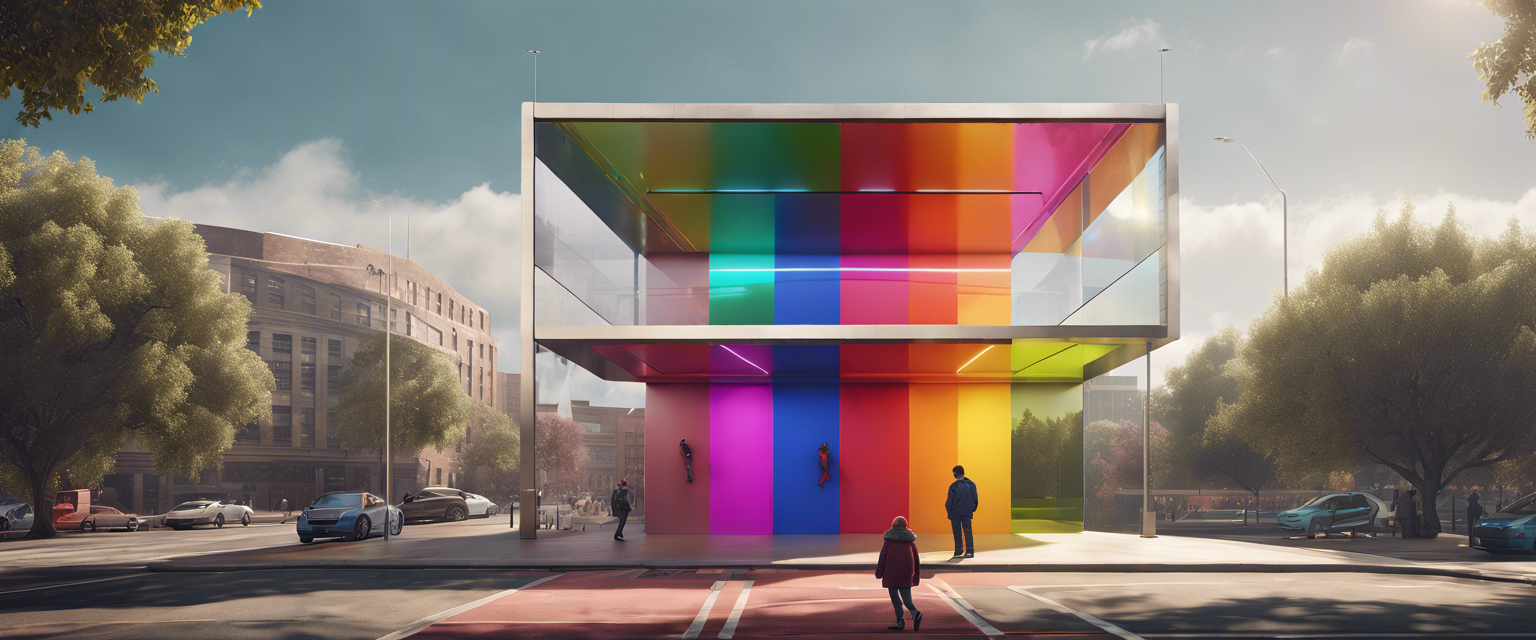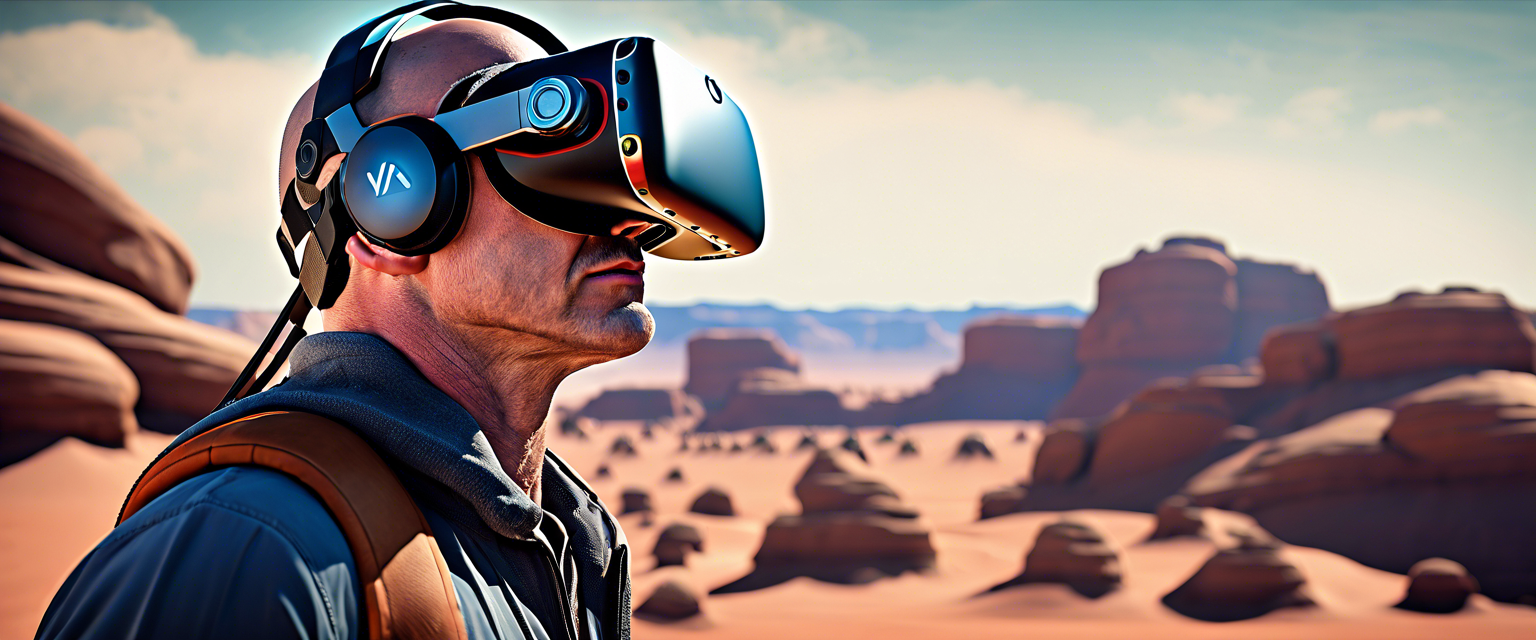Autonomous Robots: The Future of Food Delivery and The Challenges Ahead
In the era of rapid technological advancement, autonomous delivery robots are becoming increasingly common. One such example is the recent incident involving a Starship Technologies food delivery robot at Arizona State University (ASU). The report from 404 Media highlights both the technological capabilities and the challenges that these robots face as they navigate the complexities of real-world environments.
Incident Overview
The incident occurred in September when one of the Starship robots reportedly knocked over a school employee. As detailed in the police report, after waiting for the robot to pass, it unexpectedly reversed, striking the individual and causing them to fall. Following the impact, the robot not only drove away but also reversed again, hitting the person on the ground. The employee sustained minor injuries, including lower back pain and a 4-inch cut on their arm, which required treatment from local fire officials.
Starship Technologies’ Response
In response to the incident, a spokesperson from Starship stated that the robot "hit the pedestrian at extremely low speed after detecting an oncoming vehicle." This highlights the challenging scenarios these autonomous machines must navigate. Despite the mishap, it raises questions about the effectiveness of their sensors and algorithms.
Previous Complaints and Challenges
Furthermore, the delivery robots of Starship Technologies have faced criticism due to similar issues in the past. For instance, another incident saw students stealing one of the robots, resulting in a legal turn of events when charges were initially declined but later pursued. Additionally, the robots have reported difficulties navigating through construction sites or leaving campus boundaries, illustrating the ongoing operational hurdles.
Gaining Popularity and Future Prospects
Starship Technologies began its journey with robot delivery trials in Europe in 2016. By 2021, the company had completed 1.5 million deliveries and operated on approximately 20 campuses. As of late 2023, this number had expanded significantly to 50 campuses, with more than 6 million autonomous deliveries completed earlier this year alone. As the technology evolves and the company continue to expand, continuous improvements to safety and functionality will be paramount.
Conclusion: What Lies Ahead for Autonomous Delivery Robots?
The incident at ASU underscores the dual-edged sword of innovation; while autonomous delivery robots represent a forward-thinking solution to modern delivery challenges, they also present unique risks and concerns that must be addressed moving forward. The integration of insurance offers and promo codes post-incident suggests a growing awareness and adaptation by the companies involved, yet consumers and businesses alike must remain vigilant regarding the safety and reliability of such innovations.
Future Implications
As autonomous delivery technology becomes commonplace, it’s crucial for companies like Starship Technologies to learn from these incidents and improve their systems. Enhanced sensor technology, better navigation algorithms, and comprehensive response strategies can help mitigate risks and ensure a smoother integration into everyday life.
Staying Informed
For those interested in the future of delivery technologies, staying informed about these developments is essential. The continual evolution of robots in our daily lives could transform not only how businesses deliver products but also the overall consumer experience.



Lasă un comentariu
Toate comentariile sunt moderate înainte de a fi publicate.
Acest site este protejat de hCaptcha și hCaptcha. Se aplică Politica de confidențialitate și Condițiile de furnizare a serviciului.